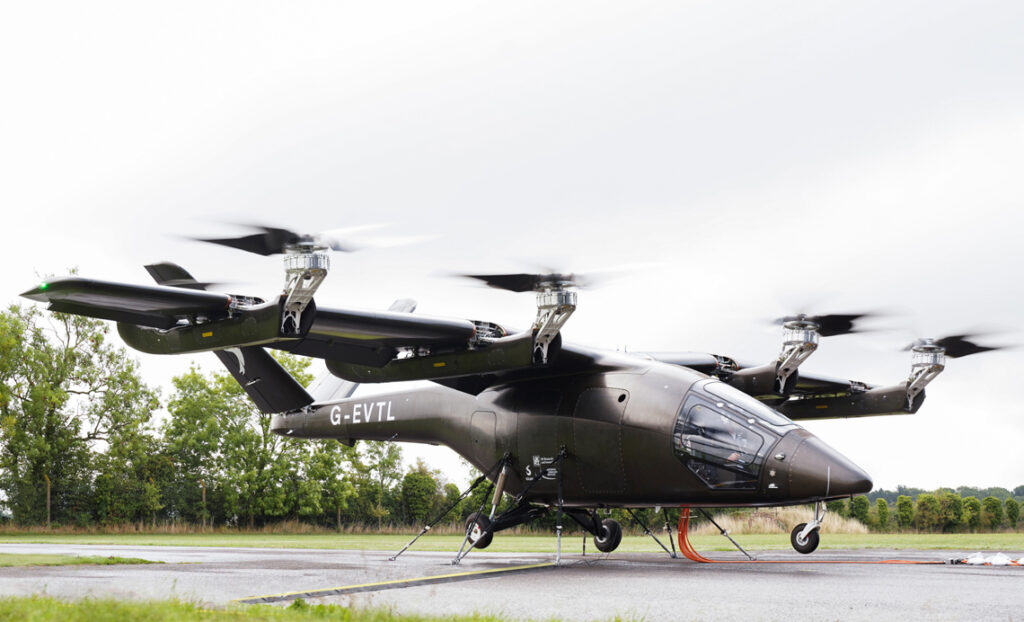The Department for Transport (DfT) Future of Flight Action Plan, which has just been published, envisages pilotless personal air taxis to be operational by 2030 as it looks to increase the use of Beyond Visual Line of Sight (BVLOS) unmanned aerial vehicles (UAVs).
The plan also highlights the increased use of BVLOS regulations in order have more drone use by law enforcement agencies for crime detection and prevention as well as the rapid transfer of medical supplies such as organ transplants or critical 999 care.
Aviation and Technology minister Anthony Browne adressed one of the biggest issues with UAVs, which is power, by saying that: “Cutting-edge battery technology will revolutionise transport as we know it – this plan will make sure we have the infrastructure and regulation in place to make it a reality.
“From flying taxis to emergency service drones, we’re making sure the UK is at the forefront of this dramatic shift in transportation, improving people’s lives and boosting the economy.”
Currently UAVs or Drones need to remain within Visual Line of Sight (VLOS) of the operator but with the increasing use of AI and increasing battery technology the ability to fly them long-range and autonomously makes BVLOS flight safe.
The new technology could see a boost to the UK economy worth around £45bn by 2030 as companies race to develope and use the technology.
Alternatives to Electric
As well as electric (battery powered) air taxis several companies are looking at a system that uses Hydrogen and other liquid fuels.
One such company is South Wales based Aerodyne who’s founder Rangaraja Iyengar responded to the DfT’s plans. Aerodyne is developing a range of aircraft from Unmanned to piloted for Law enforcement , medical and transport use including the Avectra Gyroplane and Aeolus UAS.
“Air taxis have been discussed a lot in recent years, with many companies already offering this service but currently the battery technology is not as advanced as it may seem. Even electric vertical take-off and landing (eVTOL) aircraft currently are hindered due to the present battery technology which will only allow for 30-minute flight time, with current batteries requiring a recharge time of 6-8 hours. Battery technology is the main hurdle for the DfT’s Future of Flight plan and as a result, flying taxis are about three years away from being where they need to be to make this mode of transport possible.
“But all is not lost. Air taxis using more sustainable VTOL aircraft may only be two years away at most. By using hydrogen or other liquid fuels, these aircraft can avoid the issues of EV and battery technology, whilst also presenting a more sustainable and economical alternative.
“An example of a more sustainable mode of aerial transport is the gyroplane, and they are available now. Thanks to their stability, safety, and sustainability, gyroplanes offer a versatile solution for daily commutes, ambulance services, surveillance, and other applications. They can make flying vehicles accessible for all. Governments stand to gain significantly from this innovation, as urban congestion could be dramatically reduced, and air taxis could become a more commonplace mode of city travel.”
Whether its convential, hydrogen or electic power its clear the DfT definitely sees personal air transport as a viable option for future transport and its good to see that the Civil Aviation Authority is working with technology providers to explore how best to do this safely.
Read the DfT’s Future of Flight Plan in full here https://www.gov.uk/government/publications/future-of-flight-action-plan

